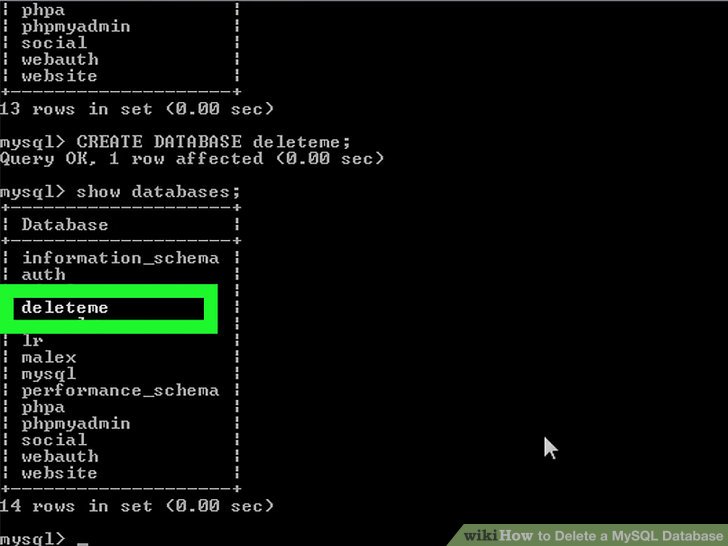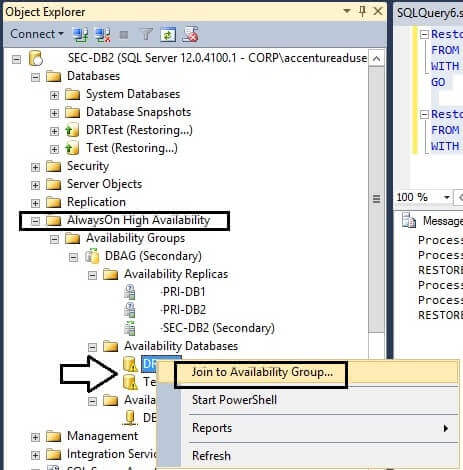Remove Database

Introduction to Removing a Database

Removing a database is a critical operation that requires careful consideration and planning. A database is a collection of organized data that is stored in a way that allows for efficient retrieval and manipulation. Databases are used in a wide range of applications, from simple websites to complex enterprise systems. In this post, we will discuss the steps involved in removing a database, the potential risks and consequences, and the best practices to follow.
Pre-Removal Checklist

Before removing a database, it is essential to ensure that you have taken the necessary precautions to avoid any potential risks or consequences. Here are some key items to check: * Backup the database: Make sure you have a recent backup of the database, in case you need to restore it later. * Identify dependencies: Check if there are any applications or systems that depend on the database. * Notify stakeholders: Inform all relevant stakeholders, including users, developers, and managers, about the planned database removal. * Verify permissions: Ensure that you have the necessary permissions and authority to remove the database.
Removing a Database

The process of removing a database involves several steps, which may vary depending on the database management system (DBMS) you are using. Here are the general steps: * Disconnect users: Disconnect all users from the database to prevent any further activity. * Drop the database: Use the DBMS command to drop the database, which will delete all the data and database objects. * Remove database files: Delete the database files from the file system. * Update configuration files: Update the configuration files to reflect the removal of the database.
| DBMS | Command to Drop Database |
|---|---|
| MySQL | DROP DATABASE database_name; |
| PostgreSQL | DROP DATABASE database_name; |
| Microsoft SQL Server | DROP DATABASE database_name; |

📝 Note: Be careful when removing a database, as this operation is irreversible and may result in data loss.
Post-Removal Tasks

After removing a database, there are several tasks that you should perform to ensure that the removal was successful and that there are no lingering issues: * Verify removal: Check that the database has been successfully removed and that there are no remaining database objects or files. * Update documentation: Update the documentation to reflect the removal of the database. * Notify stakeholders: Inform all relevant stakeholders that the database has been removed.
Best Practices
Here are some best practices to follow when removing a database: * Use caution: Be careful when removing a database, as this operation is irreversible and may result in data loss. * Test before production: Test the removal process in a non-production environment before applying it to a production database. * Follow procedures: Follow established procedures and guidelines for removing a database. * Document the process: Document the removal process, including any issues or problems encountered.
To summarize the key points, removing a database is a critical operation that requires careful consideration and planning. It is essential to follow best practices, including using caution, testing before production, following procedures, and documenting the process. By following these guidelines, you can ensure that the removal of a database is successful and that there are no lingering issues.
What are the risks of removing a database?

+
The risks of removing a database include data loss, disruption to dependent applications or systems, and potential security vulnerabilities.
How do I backup a database before removing it?

+
The process of backing up a database depends on the DBMS you are using. Generally, you can use the DBMS command-line tool or a graphical user interface to create a backup of the database.
Can I restore a removed database?

+
It may be possible to restore a removed database from a backup, but this depends on the DBMS and the backup process used. It is essential to follow established procedures and guidelines for restoring a database.



